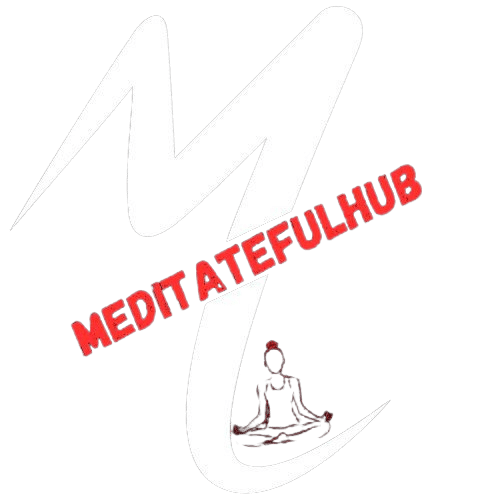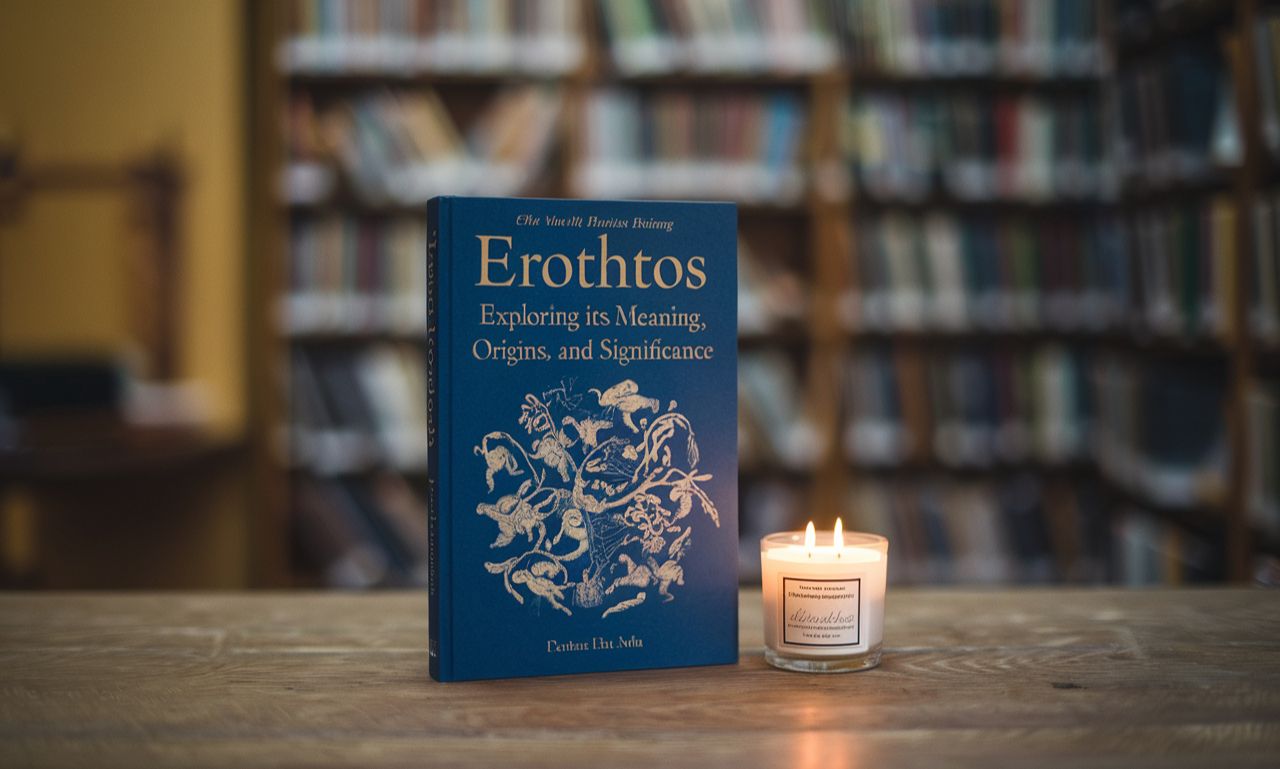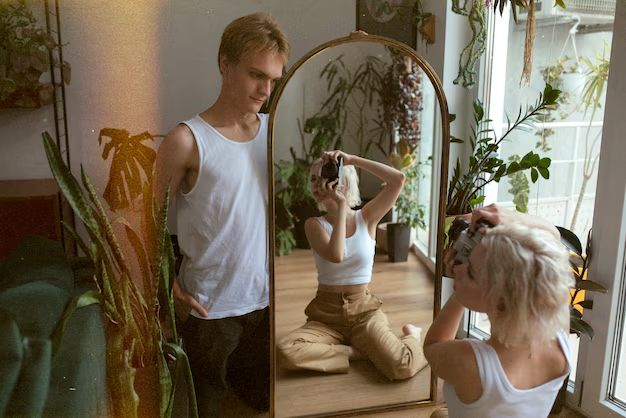Meditation is often a serene and enlightening practice, but for some, it can come with unexpected sensations. Among these, third eye pain is a common phenomenon that many meditators experience. If you’ve felt discomfort or pressure in this area while meditating, you’re not alone—and you’re probably wondering why it’s happening.
This blog will explore everything you need to know about third eye pain during meditation. We’ll explain what the third eye represents, why it might hurt, and how to address that pain while continuing your meditative practice.
What Is the Third Eye?
The third eye, often referred to in spiritual traditions, especially within yoga and meditation practices, is a mystical and symbolic concept. It is associated with the sixth chakra, known as the Ajna Chakra, which is said to govern intuition, insight, and spiritual awareness. Located between the eyebrows, the third eye is described as a gateway to higher consciousness and inner wisdom.
Opening and activating the third eye is a prominent goal for many spiritual seekers, particularly those focused on deep meditation. But with this growth often come new sensations, including discomfort or even mild pain.
Understanding why your third eye might hurt begins with understanding both the physical and metaphysical factors at play.
Why Does My Third Eye Hurt When I Meditate?
Third eye discomfort during meditation is not unusual, but it can stem from several potential causes. Below, we’ll examine both physical and energetic explanations:
1. Energetic Activation
When meditating, especially with a focus on the third eye, you may be stimulating the Ajna Chakra. This process of activation can sometimes result in sensations of pressure or discomfort in the region between your eyebrows.
Why it Happens:
- The chakra is becoming “unblocked” after prolonged dormancy.
- Stored emotional or spiritual energy is being released.
These sensations could manifest as mild throbbing, tingling, or even aching. The good news? This pain often indicates progress in your spiritual practice.
2. Over-Engagement During Meditation
Focusing too intensely on your third eye during meditation can lead to over-engagement of the chakra. While concentration is vital, over-straining this energy center may cause discomfort or imbalance.
Common Signs:
- Dull pain or a heavy sensation around the area.
- Feeling mentally overwhelmed or “burnt out.”
Finding a balance in your focus is key to avoiding strain.
3. Tension in Surrounding Muscles
On a physical level, tension built up in facial muscles, particularly around your forehead, eyes, or temples, can contribute to third eye sensations. Meditation postures with slight strain can also exacerbate this issue.
Pro Tip:
Regularly check your posture and relax your facial muscles during meditation.
4. Unresolved Emotional Energy
The third eye is connected not just to intuition but also to clarity of thought and emotional processing. Intense meditation may surface unresolved emotions, creating physical sensations as this energy clears.
How It Manifests:
- Pulsating sensations when processing past events.
- A mix of emotional and physical discomfort.
5. Ascension Symptoms
For some, meditation can trigger changes in their energy frequency, often referred to as ascension symptoms. Third eye pain can sometimes be attributed to the body adjusting to a higher vibrational state.
What This Means:
- Discomfort can represent a growing capacity for spiritual awareness.
- Your physical body is adjusting to a new flow of energy.
6. Environmental Factors
Lastly, external factors like insufficient oxygen, poor posture, or even dehydration can cause headaches or discomfort during meditation sessions. Such symptoms might mimic third-eye-related pain but aren’t necessarily connected to the chakra itself.
Checking environmental conditions often resolves these contributing factors quickly.
How to Alleviate Third Eye Pain During Meditation
If you’re experiencing discomfort or pain in your third eye, there are practical ways to address the issue without interrupting your meditation practice. Below are effective approaches:
1. Adjust Your Focus
Instead of concentrating solely on the third eye, shift your focus periodically. Try alternative visualization techniques like imagining a gentle light filling your entire body or focusing on your breath.
2. Relax Your Body
During meditation, ensure you aren’t holding tension in your neck, shoulders, or facial muscles. Use these simple relaxation techniques:
- Roll your shoulders back to release tightness.
- Place your tongue gently against the roof of your mouth to relax your facial muscles.
- Take a few deep breaths before beginning your session.
3. Ground Your Energy
Sometimes, third eye discomfort arises when your energy becomes overly focused in the upper chakras. Ground your energy by:
- Meditating with a focus on your root chakra (at the base of your spine).
- Engaging in grounding practices like walking barefoot on grass or soil.
4. Use Visualization or Color Therapy
Visualizations involving calming colors, like soft purple or indigo, can help soothe the Ajna Chakra. Visualize a warm, glowing light radiating gently from your third eye to balance its energy.
5. Take Breaks Between Sessions
Overstimulating the third eye is a common issue, especially if you’re meditating for extended periods. Limit your focus on third-eye-related meditations to 5–10 minutes per session when starting out.
6. Seek Guidance
If the discomfort persists, consider speaking with a meditation instructor or spiritual mentor. They can help diagnose whether the pain is energetic, physical, or environmental in nature and offer personalized solutions.
When to Seek Professional Advice
While third eye sensations are often harmless, it’s important to differentiate between spiritual experiences and potential health concerns. Seek medical advice if:
- The pain persists long after meditation.
- Discomfort increases in intensity or frequency.
- Dizzy spells or other symptoms accompany the sensation.
Professional evaluation ensures that no underlying health condition is contributing to the issue.
Owning Your Meditation Journey
Discomfort during meditation isn’t always bad. Often, it highlights growth, emotional release, or energetic shifts. By understanding the roots of third eye pain and implementing strategies to balance it, you can continue your path to deeper insight with confidence.
Experiment with the suggestions above and give yourself grace as you explore this fascinating aspect of your meditation practice.
For more tips or guidance on spiritual practices, sign up for our newsletter or check out our consultation services. Your next step toward spiritual clarity could be just a click away.
Conclusions
Third eye pain, while potentially uncomfortable, can serve as a gateway to profound personal and spiritual growth. By approaching it with curiosity, mindfulness, and the right techniques to restore balance, this sensation can become an integral part of your meditation practice. Remember that every step of your journey is unique, and challenges often pave the way for breakthroughs. Trust the process, seek support when needed, and allow your intuition to guide you toward greater clarity and self-discovery. The path to spiritual alignment is not always linear, but it is always rewarding for those who persevere.











